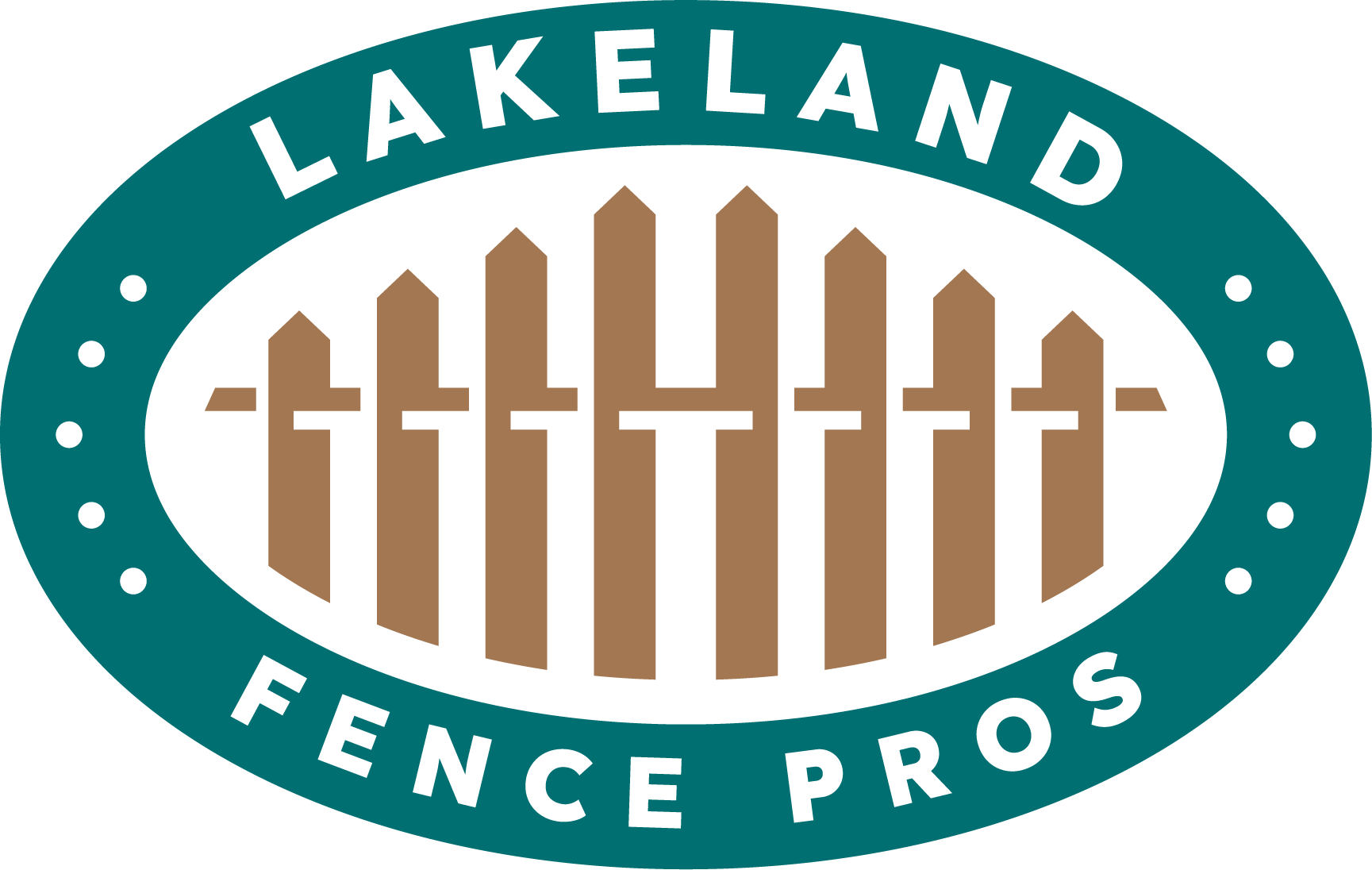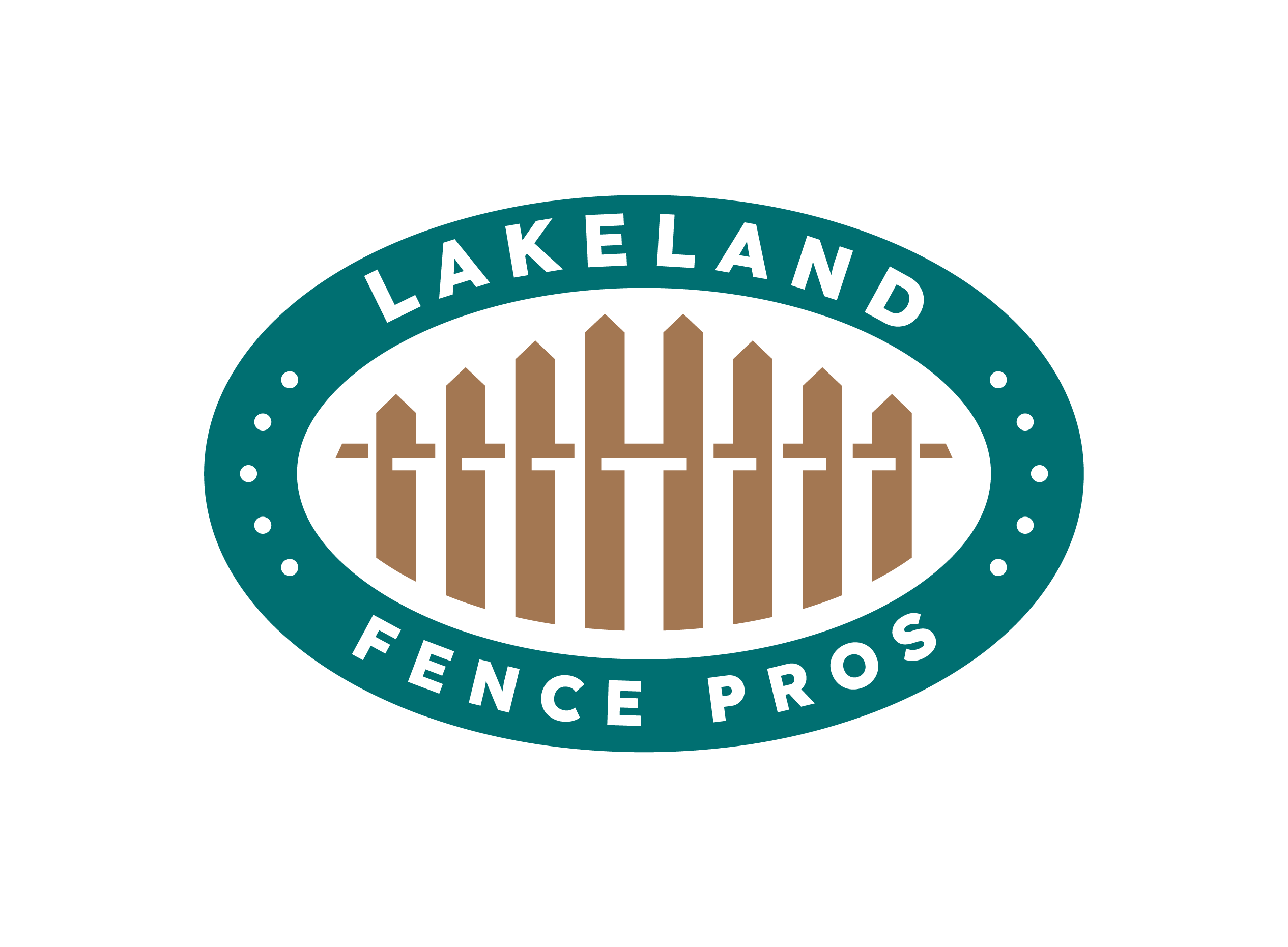Installing a wood split rail fence is one of the most timeless ways to define outdoor spaces. Loved for its rustic charm, functionality, and affordability, this fence style is popular across Lakeland, Polk County, and Central Florida. Whether you want to boost curb appeal, create a natural-looking boundary for your yard, or safely enclose a garden or livestock area, a split rail fence offers both practicality and beauty.
In this detailed guide, the experts at Lakeland Fence Pros will walk you through the process of planning, installing, and finishing a wood split rail fence. By the end, you’ll know exactly how to create a sturdy, long-lasting structure that blends seamlessly into your landscape.
Why Choose a Split Rail Fence?
Before jumping into installation, it helps to understand why so many property owners in Lakeland and Polk County choose split rail fencing:
-
Rustic Appearance – Provides a classic, country-style look that complements Florida landscapes.
-
Affordability – Requires fewer materials than privacy fences, making it cost-effective.
-
Versatility – Works well for marking property lines, enclosing livestock, or simply enhancing curb appeal.
-
Durability – With proper care and quality wood, a split rail fence can last for decades.
-
Low Maintenance – Simple design makes inspections, repairs, and cleaning quick and easy.
Now, let’s get into the step-by-step installation process.
Step 1: Planning & Preparation
Every great project starts with proper planning. Here’s how to set yourself up for success:
-
Measure Your Fence Line – Use a tape measure to calculate the total length of your fence. Mark the boundary with stakes and string for accuracy.
-
Check Local Regulations – In Lakeland and surrounding areas, always review building codes, HOA rules, or property line restrictions before building.
-
Call 811 – This national service will mark underground utility lines, preventing costly or dangerous mistakes during digging.
-
Decide on Height & Layout – Most split rail fences are 3–4 feet high, perfect for gardens, decorative boundaries, or livestock.
Proper planning ensures your fence installation will be smooth, safe, and hassle-free.
Step 2: Gather Materials & Tools
For a durable fence that can withstand Florida’s humidity and summer storms, choose quality, rot-resistant wood like cedar, cypress, or treated pine. You’ll need:
-
Split rails and posts (with pre-cut holes)
-
Gravel or concrete (for stability in softer soil)
-
Measuring tape
-
Post hole digger
-
Level
-
Hammer or mallet
-
Saw (for trimming rails if needed)
-
String line & stakes
Pro Tip: If you’re in a sandy soil area of Central Florida, concrete bases may be necessary for extra stability.
Step 3: Post Placement
With materials ready, it’s time to set the foundation.
-
Space the Posts – Posts should be 8–10 feet apart, depending on the length of your rails.
-
Dig Holes – Each hole should be 24–30 inches deep for stability. Add gravel at the bottom for drainage.
-
Insert Posts – Place each post in its hole, using a level to ensure they stand straight.
-
Secure the Base – Backfill with soil, gravel, or concrete. If using concrete, allow 24 hours to cure before attaching rails.
This step is crucial—properly aligned posts ensure a strong and professional-looking fence.
Step 4: Attach the Rails
Now comes the satisfying part—assembling your fence.
-
Slide rails into the pre-cut holes of the posts.
-
Use a hammer or mallet to secure them snugly in place.
-
Check alignment frequently, stepping back to make sure the fence looks even and straight.
-
Trim rails as needed for a clean, uniform finish.
Split rail fences usually feature two or three rails, depending on the desired height and function.
Step 5: Final Adjustments
Before calling the project complete, inspect the fence carefully:
-
Ensure all posts are vertical and evenly spaced.
-
Confirm rails are level and securely fitted.
-
Adjust or trim any misaligned sections.
-
Fill in soil around posts to eliminate gaps and strengthen the base.
This step makes the difference between a fence that looks amateur and one that looks like it was installed by a pro.
Step 6: Finishing Touches
Florida weather can be tough on wood fences, so finishing is important.
-
Seal or Stain the Wood – Apply an outdoor wood sealant to protect against moisture, rot, and insects.
-
Optional Paint – For a more polished look, consider painting your fence to match your home or landscape.
-
Add a Gate – If your fence will enclose a yard, garden, or pasture, install a sturdy wooden gate for easy access.
A protective finish will extend the life of your split rail fence and keep it looking sharp for years.
Step 7: Clean-Up
Once construction is complete:
-
Remove excess dirt, wood scraps, and packaging materials.
-
Compact soil around posts for a neat finish.
-
Step back and admire your brand-new Lakeland split rail fence!
Ongoing Care & Maintenance
Split rail fences are low-maintenance, but a little attention goes a long way:
-
Inspect annually for loose rails or shifting posts.
-
Reseal or stain the wood every 2–3 years.
-
Replace damaged rails as needed.
With proper care, your fence can withstand Central Florida’s weather and remain strong for decades.
Conclusion
Installing a wood split rail fence in Lakeland, FL is a project that combines functionality, beauty, and affordability. With careful planning, quality materials, and attention to detail, you can create a sturdy boundary that enhances your property’s rustic charm while providing practical benefits.
If you’re ready to add timeless appeal and durability to your outdoor space, trust the professionals at Lakeland Fence Pros. Our team specializes in split rail fence installation, wood fencing, privacy fencing, and custom fence solutions across Polk County and Central Florida.
📞 Call us today for a FREE estimate and expert service you can count on!

